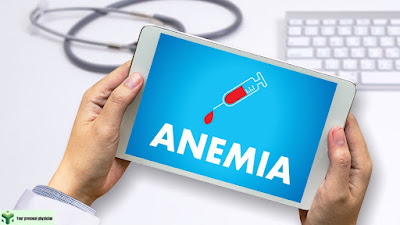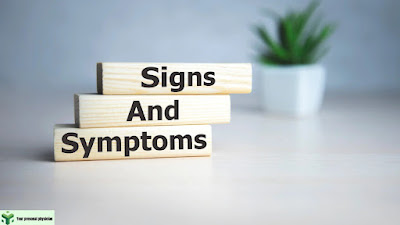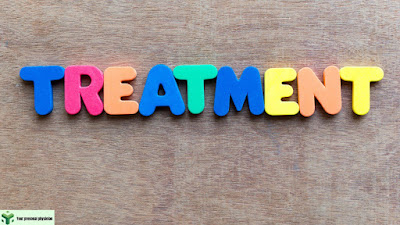 |
| Iron-deficiency anemia |
Iron-deficiency anemia is a prevalent medical condition characterized by insufficient levels of iron in the body, leading to a decreased production of red blood cells. This article explores the causes, symptoms, diagnosis, treatment options, prevention strategies, and complications associated with iron-deficiency anemia.
Causes of Iron-deficiency Anemia
Insufficient Dietary Intake
One of the primary causes of iron-deficiency anemia is inadequate consumption of iron-rich foods. A diet lacking in foods such as red meat, poultry, fish, lentils, beans, and dark leafy greens can result in insufficient iron levels in the body.
Blood Loss
Blood Loss
Blood loss, whether from heavy menstruation, gastrointestinal bleeding, or other medical conditions, can deplete the body's iron stores over time, leading to anemia.
Inability to Absorb Iron
Certain medical conditions, such as celiac disease or inflammatory bowel disease, can impair the body's ability to absorb iron from food, even if the diet contains an adequate amount of iron.
Symptoms and Signs
The symptoms of iron-deficiency anemia can vary from mild to severe and may include fatigue, weakness, pale skin, shortness of breath, dizziness, or lightheadedness.
Diagnosis
Diagnosis
Diagnosing iron-deficiency anemia typically involves blood tests to measure levels of hemoglobin and serum ferritin, along with a medical history evaluation and physical examination to identify potential causes of the condition.
Treatment Options
Treatment for iron-deficiency anemia often involves iron supplements to replenish iron stores in the body, along with dietary changes to include more iron-rich foods. In cases where an underlying medical condition is causing the anemia, addressing that condition is essential for effective treatment.
Prevention Strategies
Prevention Strategies
Preventing iron-deficiency anemia involves consuming a balanced diet rich in iron-containing foods, such as lean meats, poultry, fish, beans, lentils, spinach, and fortified cereals. Pairing iron-rich foods with sources of vitamin C can enhance iron absorption.
Complications of Iron-deficiency Anemia
Untreated iron-deficiency anemia can lead to complications such as heart problems, developmental delays in children, and complications during pregnancy. Early detection and treatment are essential to prevent these complications.
Impact on Different Population Groups
Iron-deficiency anemia can affect various population groups differently, including children and adolescents, women, and the elderly. Understanding these differences is crucial for providing targeted interventions and support.
Living with Iron-deficiency Anemia
Managing iron-deficiency anemia involves making lifestyle adjustments, adhering to treatment plans, and regularly monitoring iron levels with the guidance of healthcare providers.
Research and Innovations in Treatment
Ongoing research is focused on developing new treatments for iron-deficiency anemia, including intravenous iron therapy and novel drug therapies that may offer alternative options for patients who cannot tolerate oral iron supplements.
Myths and Facts about Iron-deficiency Anemia
Dispelling common myths about iron-deficiency anemia, such as the misconception that all anemias are the same, can help improve awareness and understanding of the condition.
The Role of Diet in Managing Iron-deficiency Anemia
A balanced diet plays a crucial role in managing iron-deficiency anemia, with certain foods promoting iron absorption and others inhibiting it. Understanding which foods to include and avoid can help optimize treatment outcomes.
Seeking Professional Help
If you suspect you may have iron-deficiency anemia or are experiencing symptoms associated with the condition, it is essential to seek medical attention promptly. Healthcare providers can perform the necessary tests and recommend appropriate treatment options based on individual needs.
Conclusion
Iron-deficiency anemia is a common but treatable condition that can have significant impacts on health and quality of life if left untreated. By understanding its causes, symptoms, diagnosis, and treatment options, individuals can take proactive steps to manage their iron levels effectively and prevent complications.
FAQs
FAQs
Is iron-deficiency anemia the same as other types of anemia?
No, iron-deficiency anemia specifically refers to low levels of iron in the body, leading to decreased production of red blood cells. Other types of anemia may have different causes and characteristics.
Can iron-deficiency anemia be cured with dietary changes alone?
In some cases, mild iron-deficiency anemia may be managed solely with dietary changes, but more severe cases often require supplementation or other medical interventions.
Are there any long-term complications associated with iron-deficiency anemia?
Yes, untreated iron-deficiency anemia can lead to complications such as heart problems, developmental delays in children, and complications during pregnancy.
Is iron-deficiency anemia more common in certain population groups?
Yes, iron-deficiency anemia is more prevalent in groups such as children, adolescents, pregnant women, and individuals with certain medical conditions.
What should I do if I suspect I have iron-deficiency anemia?
If you suspect you have iron-deficiency anemia or are experiencing symptoms associated with the condition, it is essential to consult a healthcare provider for proper diagnosis and treatment.


